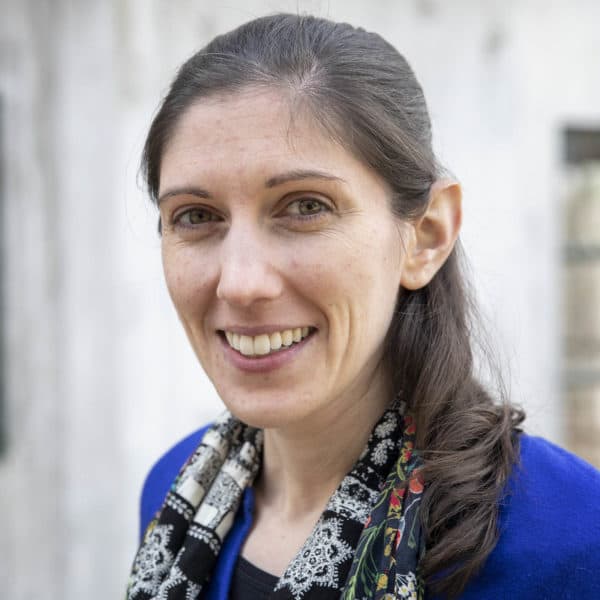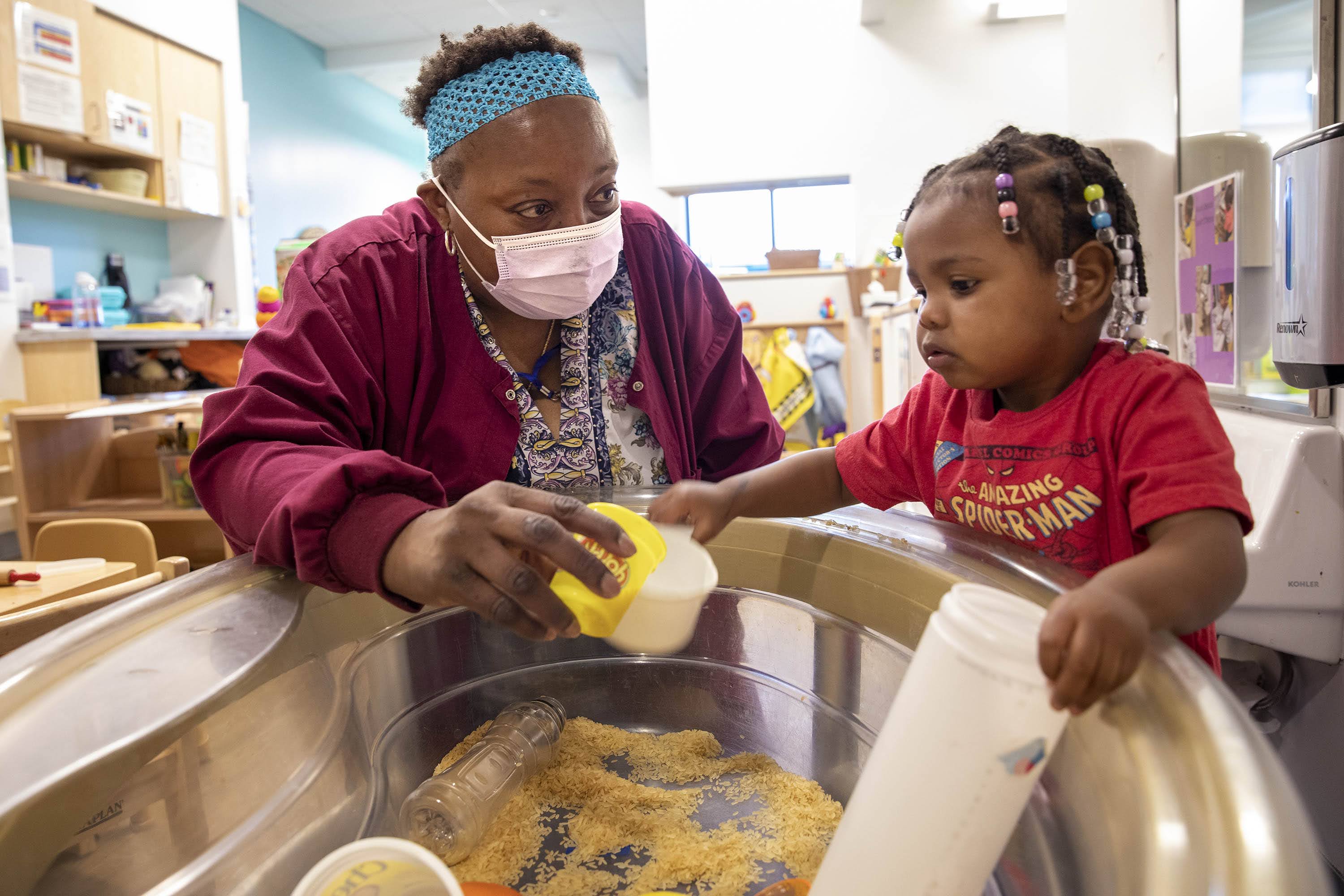
How child care can build kids' brains, one interaction at a time
Tsifira drops a plastic strawberry into a little plastic container. It makes a hollow sound, and the almost-2-year-old lets out a "Wow!"
“Wow! You put one strawberry in,” said a smiling Deneen Coren, her teacher. In a toddler room at Horizons for Homeless Children in Roxbury, Tsifira and Coren peer into a bin of rice and colorful toy food, tuning out the din of the classroom around them.
“We are present,” said Coren. “We're not distracted by other things. We are here to sit on the floor and engage and talk and listen.”
Coren, who has worked in early childhood education for nearly 30 years, said uninterrupted, focused time with each child is vital to brain development. And researchers agree.
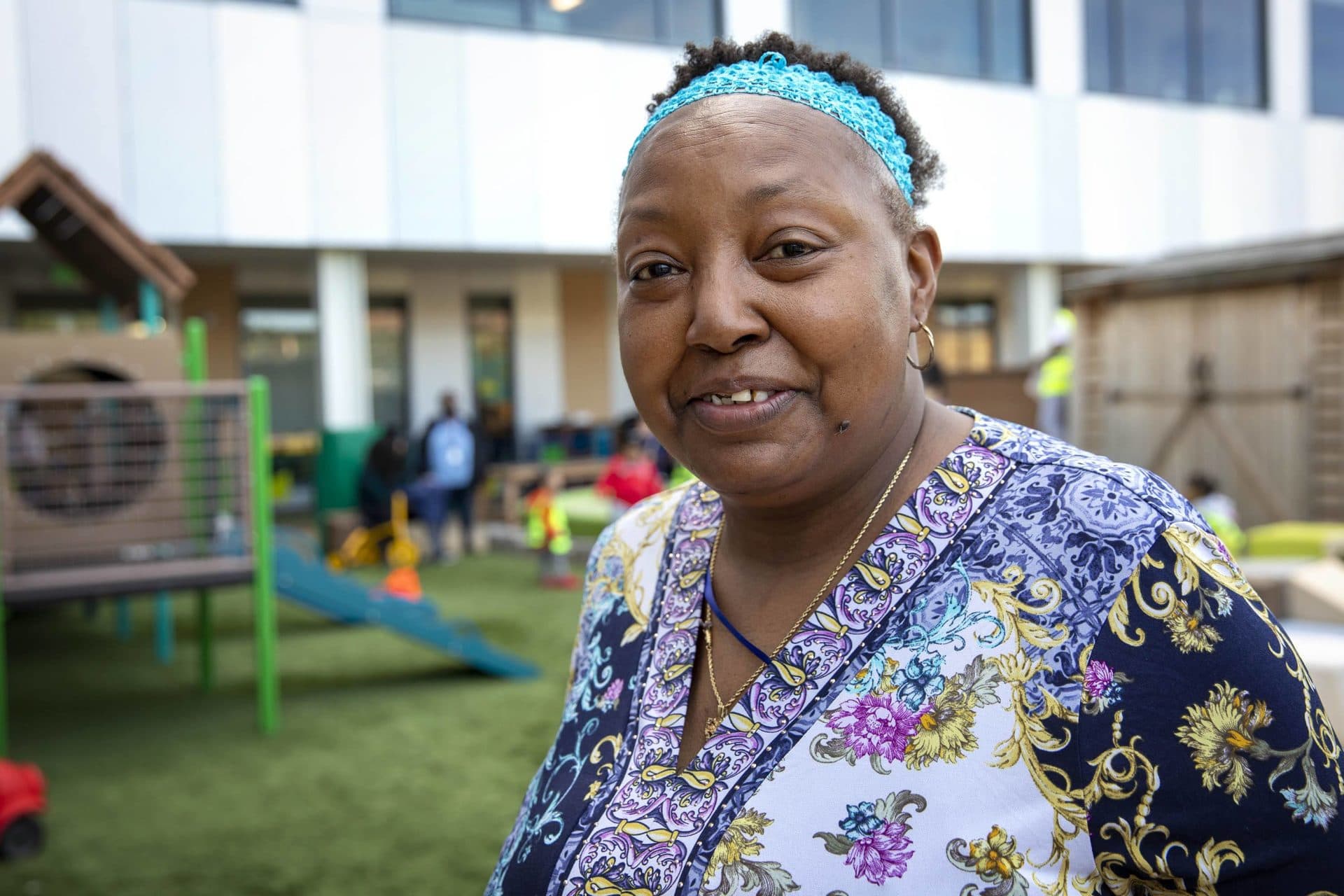
The most rapid brain development happens in the first five years of life, and evidence suggests back-and-forth interactions between children and their caregivers play a pivotal role.
“Interaction with caregivers is really building the architecture of the brain,” said Amanda Tarullo, who runs the Brain and Early Experiences Laboratory at Boston University. “That’s one of the key ways children learn, that they form new connections in the brain, that existing connections get strengthened so that those pathways get to be more efficient.”
This can be accomplished through exchanges in the home, or in child care. But the process is sensitive to factors like poverty and, when brain development doesn’t go well, the consequences can be long lasting. While public attention is often focused on the differences in test scores between children from higher income families and children from lower income families, Tarullo said it's worth looking at what happens even before school starts.
“Most of that achievement gap is there on the first day of kindergarten already,” she said. “The gaps between rich and poor are bigger now than they were 30 or 40 years ago.”
Places like Horizons are aiming to narrow the divide one interaction, one relationship at a time. In the process, they’ve delved into brain research and are challenging basic practices in teacher pay and student-teacher ratios that have become the norm in the child care industry.
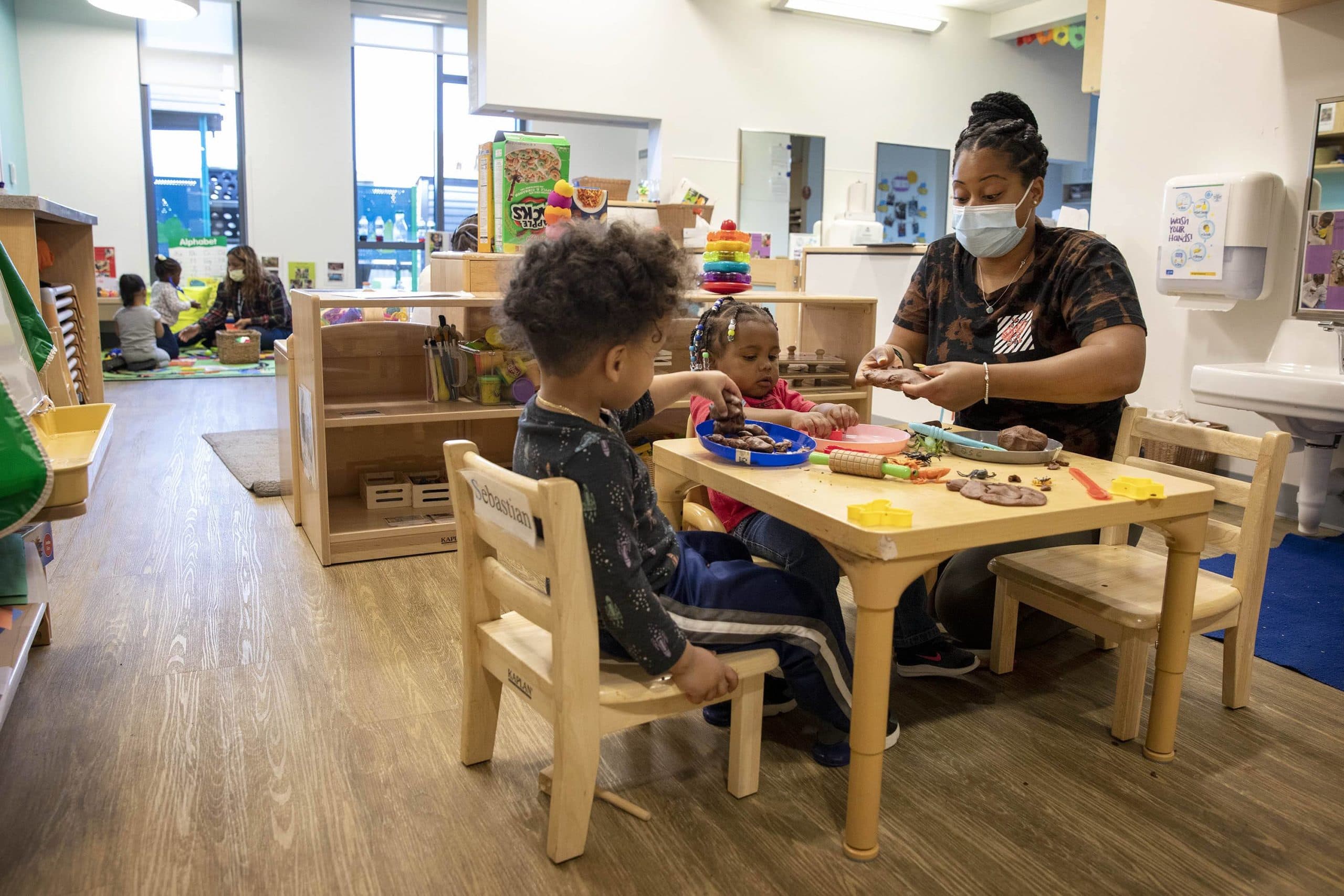
Inside a child’s brain
As Coren and Tsifira pretend to nibble plastic bananas together, Zsuzsa Kaldy, a cognitive psychologist who co-directs the Baby Lab at UMass Boston, can guess at what might be happening inside their heads: Tsifira’s brainwaves are syncing up with Coren’s brainwaves.
“You’re looking at me, I’m looking back at you. I say something, then you say something. This kind of activity can be measured in terms of our underlying brain activity,” said Kaldy. “It, in a really fascinating way, is reflected in the synchronization of these waves.”
There’s something else happening too: The child is refining neural connections.
From the time a child is in utero up until the age of about 2 or 3, the brain is building more and more connections between neurons, Kaldy said. Then, up to age 5 and beyond, the brain whittles down those pathways, keeping only the ones that are useful.
“Children carry forward, in their brains, the imprint of what happened to them during these early years."
Amanda Tarullo
In addition to paring down neural connections, the brain is also strengthening the connections it keeps, so messages can move between the neurons more quickly. Electrical signals convey these messages between parts of the brain — and that electrical activity is what shows up as brainwaves when scientists measure it.
The human brain generally has a mix of faster wave activity and slower wave activity, Tarullo explained. The slower wave activity can be seen when someone is sleeping. It's also common in the brains of very young babies. Scientists see more fast wave activity when the brain is active — for example, during a fascinating conversation, while solving a tough math problem, or perhaps even when experimenting with dropping plastic strawberries into small containers.
When the process of refining the brain's neural connections goes well, researchers see a higher percentage of fast wave activity as a child gets older. But that doesn’t always happen.
“Children who are growing up in extreme poverty tend to have less fast wave brain activity compared to their peers who have had more privilege,” Tarullo said.
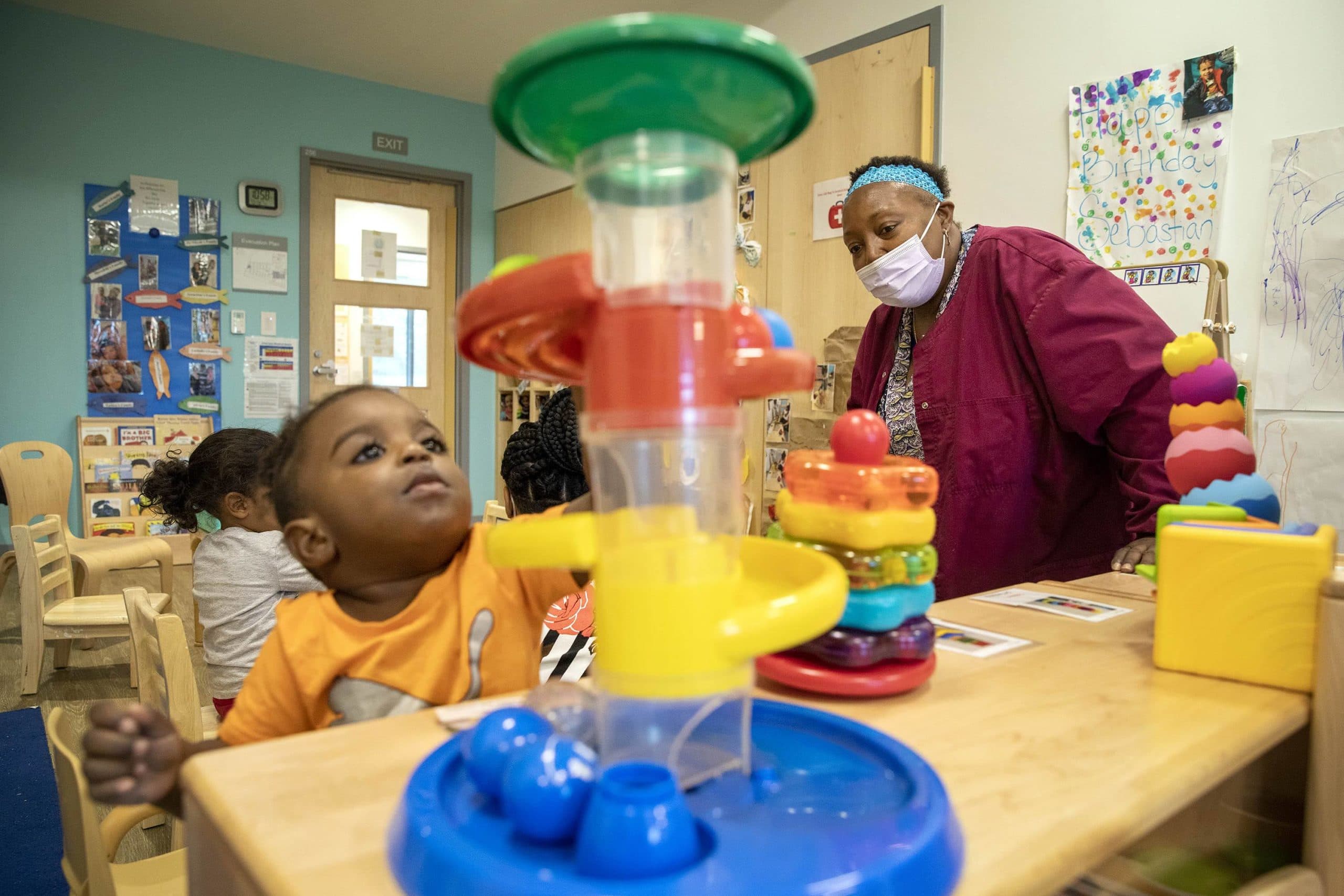
From good nutrition to good sleep, a lot of factors play a role in brain development for the youngest children. But, Tarullo said, high-quality interactions with adults are a big factor. These interactions help young kids acquire the fundamentals of how to learn.
When children enter kindergarten, Tarullo said, the key question is not whether they know the alphabet or can add and subtract. Instead, the important skills include impulse control, attention span, emotional regulation. These abilities don’t develop on their own. Instead, the relevant regions of the brain need to be activated — and often, since the brain’s networks are strengthened through practice.
“Children carry forward, in their brains, the imprint of what happened to them during these early years and what resources were or weren’t present,” Tarullo said. “So interventions are most effective the younger you start them."
Rethinking child care norms
To foster the most effective interventions, the leaders of Horizons for Homeless Children — including Kate Barrand at the helm — realized they needed to do things differently than many other early child care centers. Barrand said some of the challenges have been entrenched in the industry for decades.
When she was fresh out of college, Barrand took a job teaching in a bilingual preschool in Cambridge. She loved kids and thought she’d put her studies in child development to work. But she only lasted three years.
“I couldn’t make a living,” Barrand recalled.
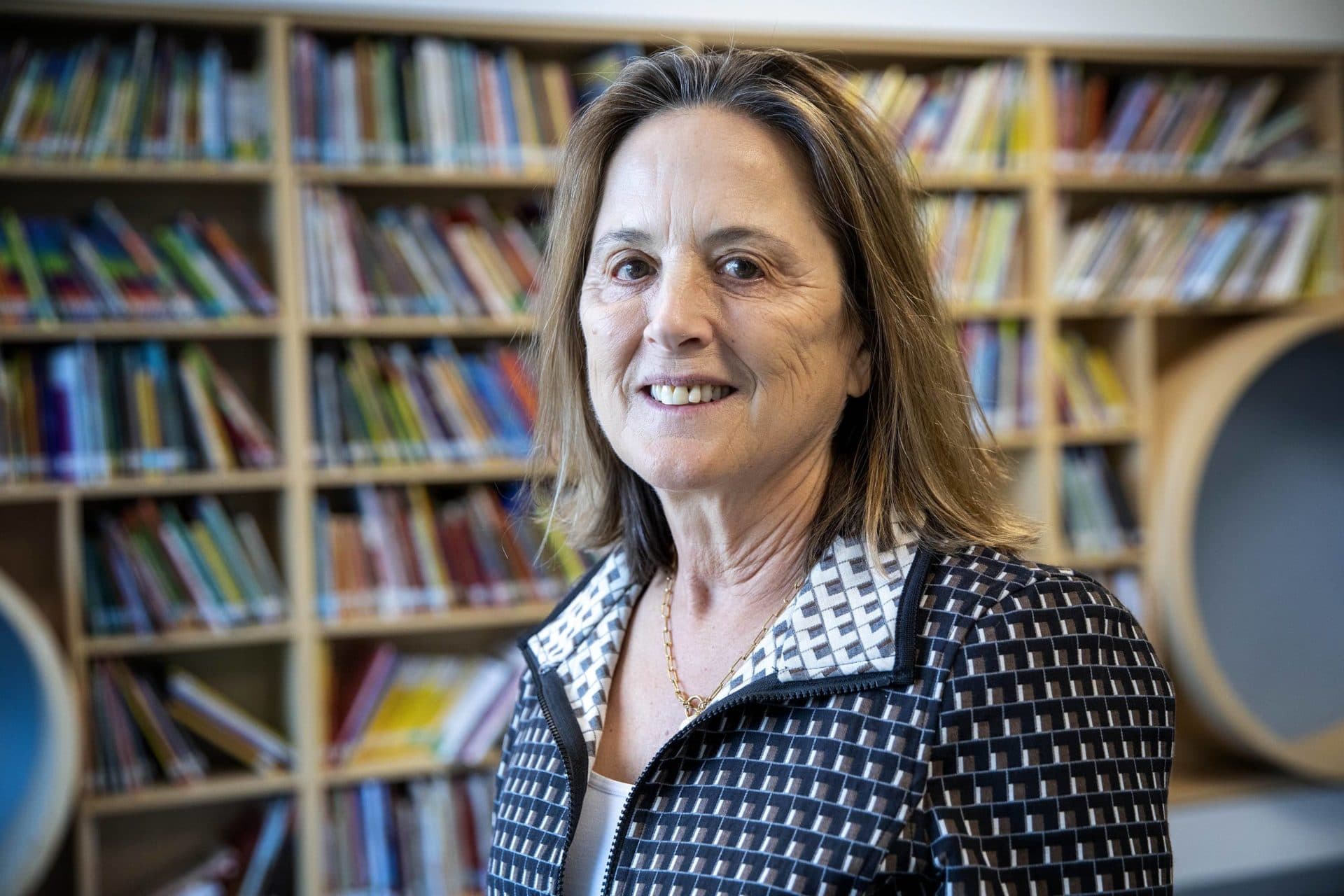
After a career in the private sector, she has now returned to early childhood education as president and CEO of Horizons for Homeless Children. She's partnered with experts across the Boston area — from museum staff to researchers — to figure out what’s best for the 225 children at Horizons, who have all experienced homelessness at some point in their young lives.
The center now has a range of programs, including an on-site health clinic and biweekly coaching for the parents. But Barrand said one element is at the core of the mission: high-quality interactions between each kid and their caregiver, in the context of a long-term relationship.
"That's the critical piece," she said. "That’s how children learn — through that relationship."
To increase the amount of one-on-one time each child has with an adult, Horizons put more teachers in each classroom than is required by state regulations. In the infant room, three adults care for five babies. In Coren and Tsifira’s toddler room, there are three adults for nine kids.
In an industry plagued by high turnover, Horizons’ next challenge was to provide consistency to facilitate those long-term relationships. Barrand said the answer was to boost teachers’ pay. The lowest teacher's salary at Horizons is more than $10,000 higher than the average for the child care industry in Massachusetts.
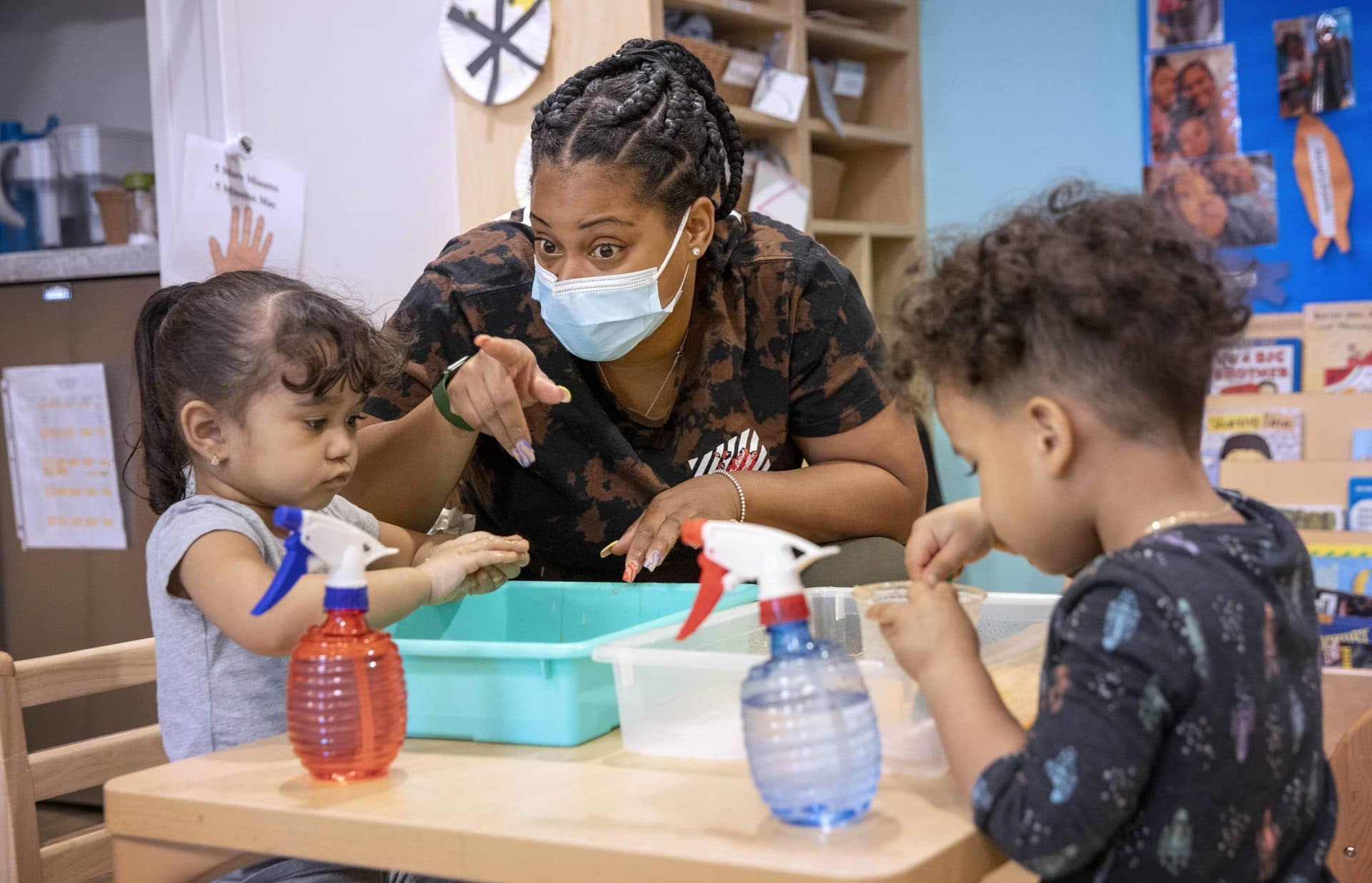
Barrand said this was also critical to making sure teachers could be present and engaged for the kids.
“In many cases in the early education sector, you will find that teachers have second jobs. They're waitressing. They're bartending. They're driving an Uber,” she said. “And if you think about the basis of what we're trying to do here, create that caring and responsive relationship, try to do that on five hours of sleep.”
The decision to increase teachers' wages was not a cheap one. It costs more than $400,000 a year. But Barrand believes, "It's money well spent."
She said she’s confident in the strategy because the science is clear.
“This is the time where the foundation of your brain is built,” Barrand said. “And if you build it poorly the first time, it's very hard to recover.”
This segment aired on June 16, 2022.
